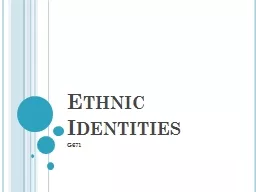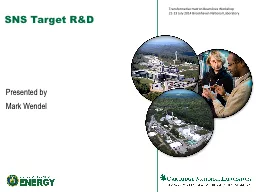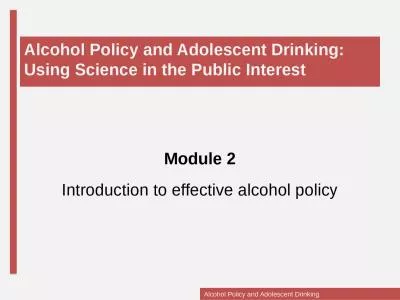PPT-Constructing alcohol identities: the role of Social Network Sites (SNS) in young peoples’
Author : ellena-manuel | Published Date : 2019-11-02
Constructing alcohol identities the role of Social Network Sites SNS in young peoples YP drinking cultures Amanda Atkinson Senior Researcher Kim Ross Houle Emma
Presentation Embed Code
Download Presentation
Download Presentation The PPT/PDF document "Constructing alcohol identities: the ro..." is the property of its rightful owner. Permission is granted to download and print the materials on this website for personal, non-commercial use only, and to display it on your personal computer provided you do not modify the materials and that you retain all copyright notices contained in the materials. By downloading content from our website, you accept the terms of this agreement.
Constructing alcohol identities: the role of Social Network Sites (SNS) in young peoples’: Transcript
Download Rules Of Document
"Constructing alcohol identities: the role of Social Network Sites (SNS) in young peoples’"The content belongs to its owner. You may download and print it for personal use, without modification, and keep all copyright notices. By downloading, you agree to these terms.
Related Documents














